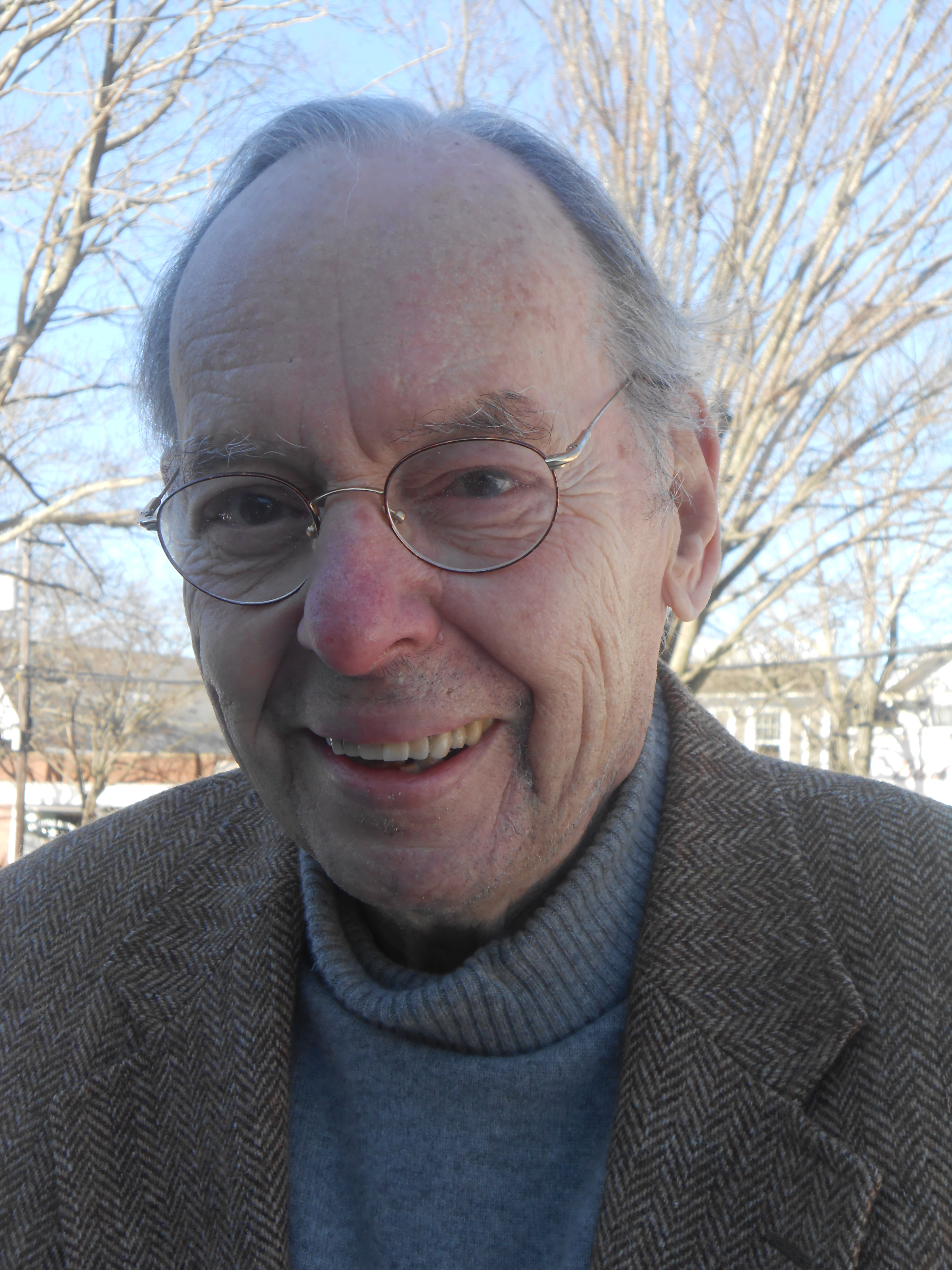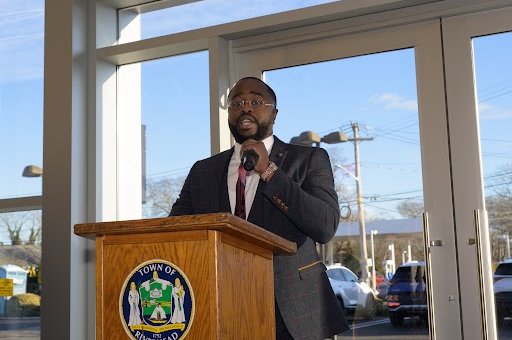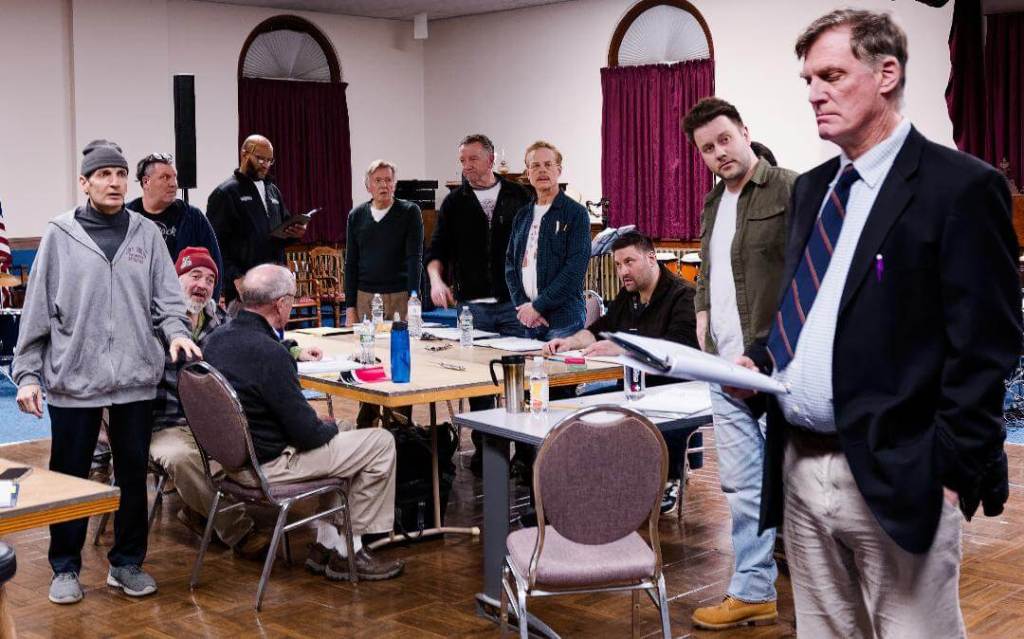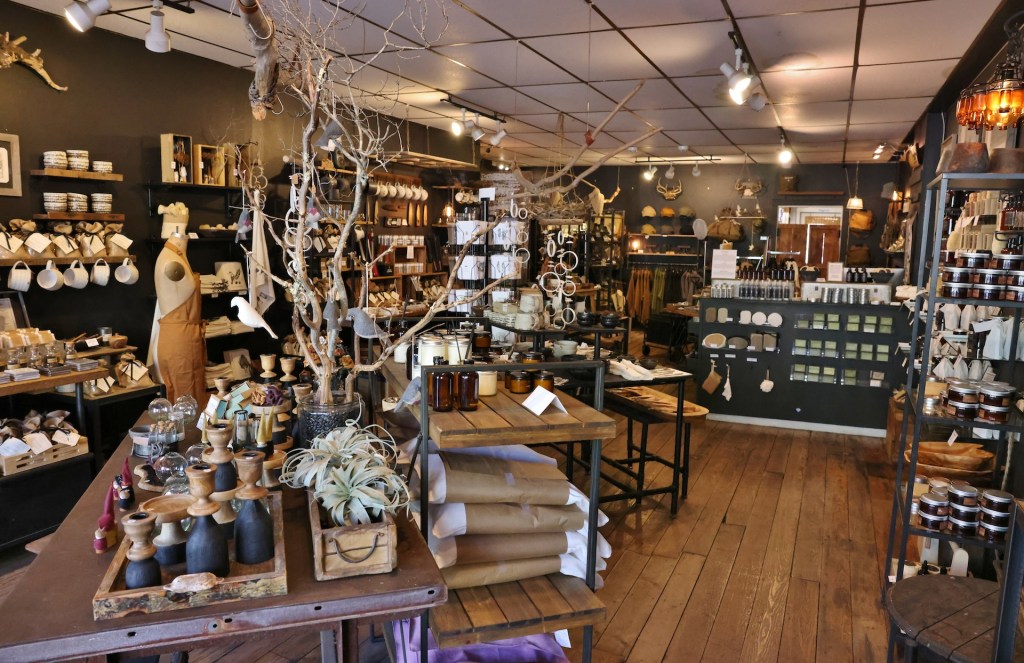Who's Here: Fred Smith, Visionary

Sports Illustrated’s Swimsuit Edition hits the stands February 12, an event that sets abuzz those who appreciate bathing suit fashions and what they almost cover. The wildly successful package of sand, sex and swimming will be celebrated next year with a book on the 50th anniversary of the special issue that was the brainchild of a former SI editor, Wainscott resident Fred Smith.
It was in 1964 when, during the post–bowl games lull, Smith was brainstorming ideas to awaken readers from the mid–winter doldrums. The answer hit him—resorts and pretty girls. The first year, the Swimsuit Issue wasn’t even a swimsuit—the cover featured only the head of a model sticking out of the water. The next year, they got a little bolder—a woman frolicked in a white leather bikini (more like what we would call a two-piece today). It was 1965 that caused all the excitement and set the precedent. An athletic 17-year-old blonde named Sue Peterson beamed at the camera as she spilled out of a one-piece, with the sides cut out, a Rudi Gernreich suit. (Not the designer’s raciest bathing suit—his topless “monokini,” which also made headlines that year).

Smith, who will turn 88 this year, had been with Sports Illustrated since its first issue in 1954. In his memoir The Road to Wainscott, he recalls how much shaping went into it, saying the original idea of Henry Luce, the publisher, was a “mission that one would not recognize today.” At first, it was to be “a magazine dedicated to The New American Leisure.” It was to appeal to both men and women in “the country club set.” The book traces the evolution of the magazine, which reflected the post-war social revolutions of the 1950s and 1960s.
For the Swimsuit Issue, the Sue Peterson cover was the one that made it work. “We had something we didn’t realize we had,” Smith said. It was perfect for the times—hippies, Vietnam, the Kennedys, the pill, make-love-not-war, Warhol, go-go dancers, etc. American society had done an about face with the lace-gloved, circle-skirts-to-the-calves, nice-girls-don’t atmosphere of the 1950s. “The cover was not vulgar, though it was healthy sex,” Smith said. “ It was not Playboy.”

How does Smith feel about today’s Swimsuit Issues? Are they still tasteful? His opinion, in a word, “No.” What about feminists who decry it as sexist? “It’s a tempest in a teapot.”
These days Smith uses his editorial skills in philanthropic ways, including publicizing and overseeing the St. Ann’s Episcopal Church annual house tour, an important fundraiser for the Bridgehampton church. He got involved one day when he went to Williams-Sonoma in the Bridgehampton Commons to return something and met Sandi Lewis, wife of St. Ann’s Rector Tim Lewis. Smith, charmed by how accommodating she was, got to talking to her, and then that six degrees of separation thing happened when they discovered that an uncle of Lewis’, Walter Bingham, had been a coworker of Smith’s at Sports Illustrated in the 1960s. He decided to give the church a try, and after getting to know Rev. Lewis, a Welshman and former Navy Chaplain, “I said, ‘This is the place for me.’ It’s a heavenly church (literally and figuratively). Tim Lewis’ sermons are dynamic; his style is what I grew up with. He’s very liberal.”
Smith now attends “every single Sunday.” He coined the phrase, “St. Ann’s—the Small Church with a Big Heart,” which became the church’s motto.
While working in New York as an editor and writer, Smith first started renting in Amagansett in the ’60s. In 1978 he bought the Wainscott house from New York Times food writer Florence Fabricant for $75,000. He lives there with longtime companion, former editor of The East Hampton Star, Bob Schaeffer. Both are involved in the arts and the cultural and political scene, including the Peconic Land Trust. Schaeffer has been on the Planning Board in East Hampton for seven years.
Smith is delighted with his neighborhood, just a few blocks from Montauk Highway, an easy walk to the post office, the fish store and the Hampton Jitney stop. He’s pleased with the investment, too. “I paid $75,000 for this in 1978. The house across the street from me just sold for $5.5 million. I think Wainscott is becoming the new Sagaponack,” he said. “It’s so pristine, so quiet and traffic-free.”
The house, redesigned by architect Harry Bates from a family-oriented cottage into a stylish haven with lots of windows, is full of treasures from both men’s lives, including Navajo rugs, a backgammon table designed and crafted by Schaeffer, paintings and drawings (some, portraits of ancestors who were signers of the Declaration of Independence) and antique furniture. “My Italian friend said to me, ‘Your house is a speccio of yourself,’ meaning your house is a picture of yourself, of who you’ve become, with all the things you’ve collected over a lifetime.”
After 43 years of full-time journalism, Smith turned to freelance writing, traveling to places like Charleston for Town and Country magazine, to Italy for House Beautiful, and to cover the sport that is his first love, skiing, in Sun Valley, Aspen, in Austria and at other resorts. For Ski magazine, he skied in Deer Valley with Olympic champion Stein Eriksen, “the most beautiful skier I have ever known.” “I found that it is possible to ski, just once, like Stein.” That phrase, “Just Once Like Stein,” was the title of a SI photo essay in the early 1960s.
Smith has retired the skis, but he keeps in practice for trips back to Italy with his group of six who take Italian lessons and get together at the homes of Canio Pavone and Annachiara Danieli, who lives in the Springs. He has stayed close friends with Jule Campbell, who directed the swimsuit shoots for 32 years after he left SI. She enhanced the careers of Cheryl Tiegs, Christie Brinkley, Elle MacPherson, Tyra Banks and other famous models.
A southerner from Alabama, Smith feels comfortable in the East End community, but the accomplishments of the past seem to follow him. It truly is a small world—another lady connected with Sports Illustrated showed up in his life. “Molly Sims, once our swimsuit model, bought a house in the neighborhood.”



